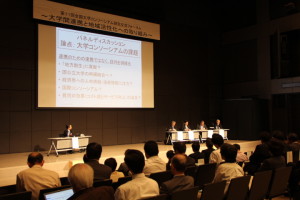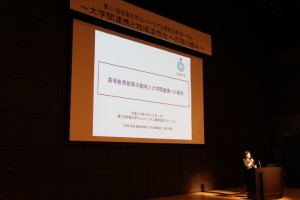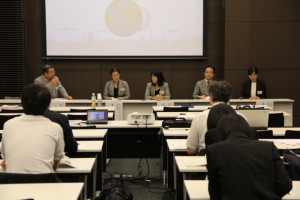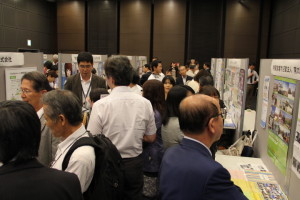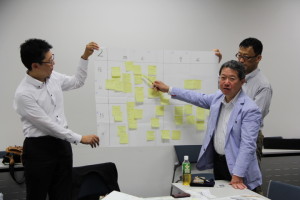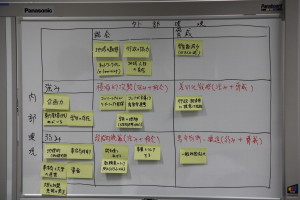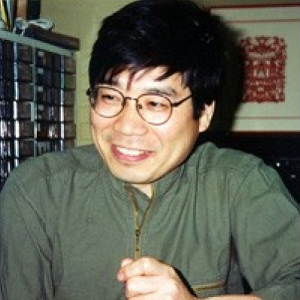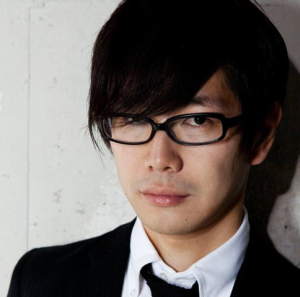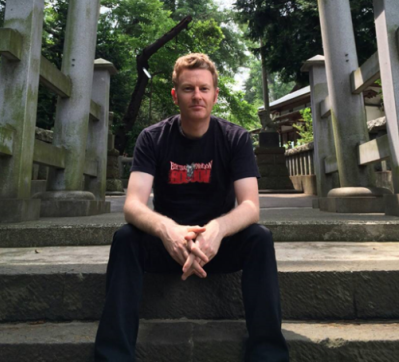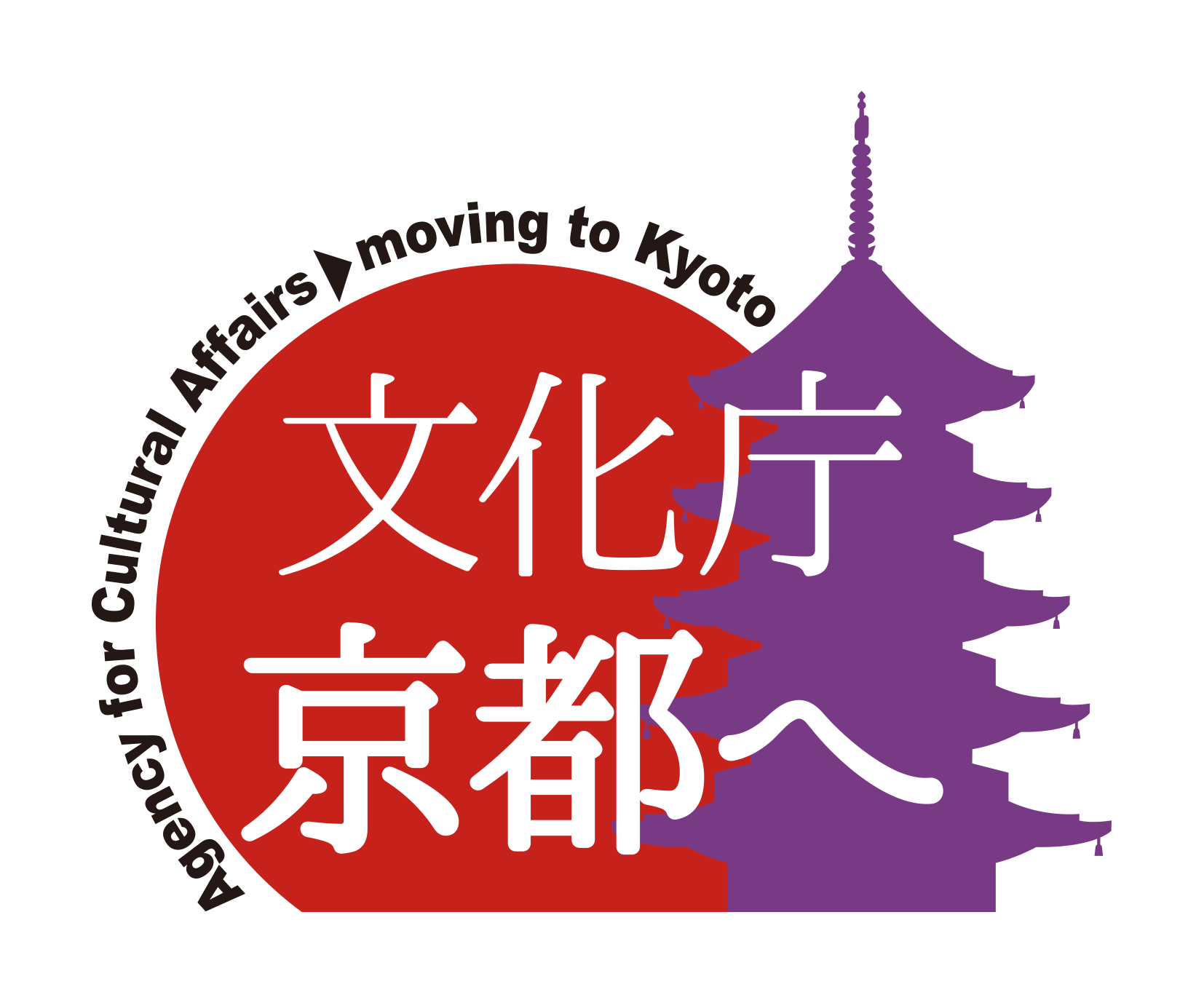Each of the survey and research themes adopted in the 2014 “Future Kyoto Creative Research Project” is working toward unknown results. We will introduce the state of the site!
Future Kyoto Creation Research Project Survey and Research Themes in FY2014
Report Publishing
Conducting on-site surveys in municipal housing –
Freedom Project 1 “Spatial Composition and Transition in Municipal Housing and Surrounding Residential Areas in the Suburbs of Kyoto City”
In this survey and research theme, in collaboration with the Kyoto City Housing and Community Development Division, we are trying to clarify the relationship between municipal housing in the suburbs of the city’s 99 housing complexes and the surrounding area from (1) the exterior of the buildings bordering the housing complex, (2) the use of open space in the housing complex, and (3) the situation of the site boundary. The results of the survey are expected to be used in the development and reorganization of municipal housing in the future.
On September 17, the principal investigator, Mr./Ms. Masaki, a doctoral student at Kyoto Institute of Technology, conducted a third on-site survey at a municipal housing complex in Yamashina Ward. (The past two meetings were held in Yamashina Ward and Fushimi Ward in August.)
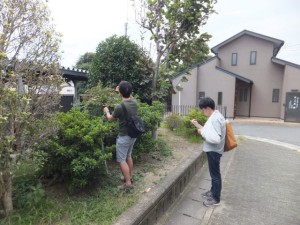
Measure the height and depth of the planting.
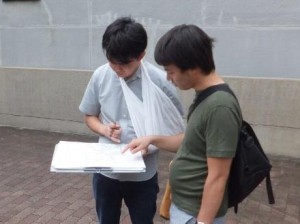
On the left is Mr./Ms. Masaki, the principal investigator, and on the right is Mr./Ms. Inagaki, a collaborator.
In order to clarify the relationship between municipal housing and the surrounding area, we will take photographs of the boundary between the local municipal housing site and the road and the site, and carefully record the dimensions and the width of the adjacent road.
We will also check the state of the open space on the site and the status of entrances and exits outside the site.
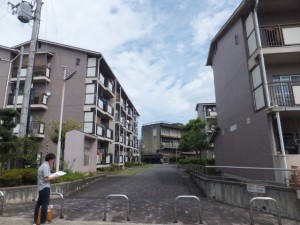
It is also important to know what the entrance, which is the boundary between municipal housing and the local area, looks like.
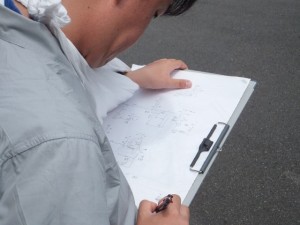
I will carefully drop it into the diagram.
By analyzing the results of these surveys on multiple municipal housing projects and materials on the transition of municipal housing, and deciphering the characteristics of the local environment around municipal housing, it will be useful for considering the consolidation of municipal housing stock in the future. In fact, the results of such a survey were unlikely to occur before.
Experiments in creating the future start in the tea room –
Designated Topic (2) “Creating a Place for Exchange in the Inner City Area”
In this survey and research theme, we will conduct empirical research to foster and network the formation of merchants, businesses, and citizens who promote the rediscovery and creation of “local value” through “creating a place for exchange” that takes advantage of the attractiveness of local resources accumulated in the city center.
On the evening of August 27, a new place for exchange was set up for the revitalization of commerce in the city at the “Demonstration Experiment on the Development of Merchants and Citizens and the Formation of Networks by Creating a Place for Exchange” conducted by Professor Masanobu Nishimura of the Graduate School of Craft Sciences of Kyoto Institute of Technology in collaboration with the Kyoto City Commercial Promotion Division.
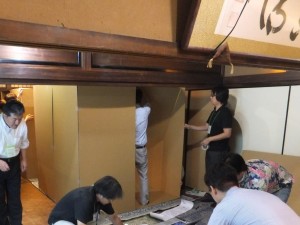
We will make a tea room out of cardboard.
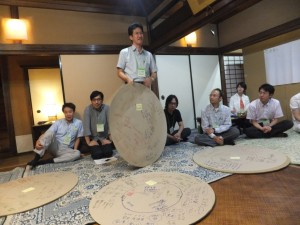
We share the content of the discussion.
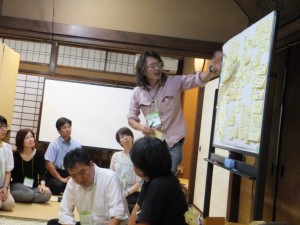
A lot of ideas popped up.
At the “Future Session,” which was accompanied by a surprising gimmick to create a tea room out of cardboard in a townhouse that was more than 100 years old, participants from a variety of attributes, including local merchants, shared ideas necessary for the future of the town with their eyes shining.
Based on these, various entities such as merchants, businesses, citizens, and artists will connect and create a “place” to create. In a few years, the city may look completely different from what it is now.
Future Kyoto Creation Research Project Survey and Research Themes in FY2014
Contact us
University Consortium Kyoto Think Tank Project
TEL 075-708-5803 FAX 075-353-9101
〒600-8216 Shimogyo-ku, Kyoto-shi, Nishitoin-dori, Shiokoji, Shimo-ku, Kyoto, Campus Plaza Kyoto
* Reception hours: Tuesday ~ Saturday 9:00 ~ 17:00 (excluding year-end and New Year holidays)
![]()
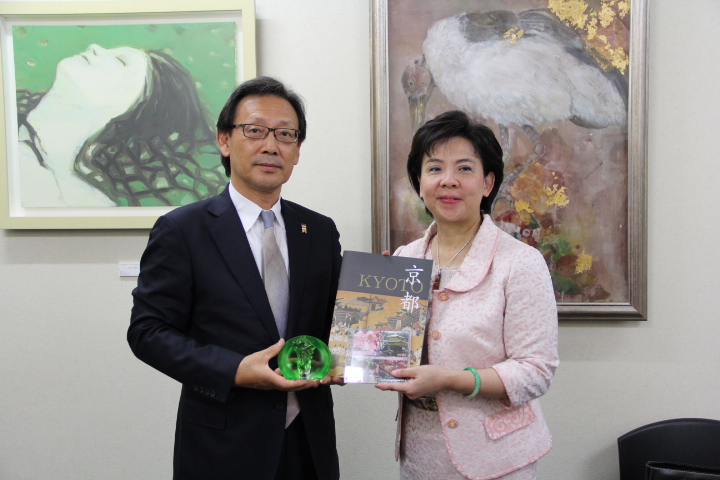
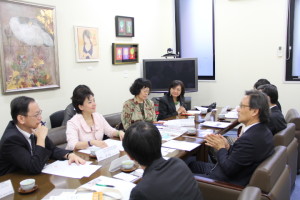
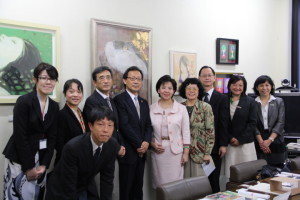















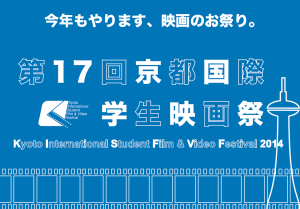








 University entrance examinations are deeply linked to the school system and social structure of the country. In Japan, the premise of the academic achievement test is that a nationwide common educational curriculum has been established, and it is obligatory that the exam questions be first published and that they be published after the fact. However, these are also things that are unique to Japan from a global perspective. In the current reform of entrance examinations, the implementation of multiple common examinations, graded evaluations, the introduction of IRT (Item Response Theory), and the use of computers are also on the table for discussion. I would like to consider the realistic possibility of a “achievement test (tentative name)” including such issues.
University entrance examinations are deeply linked to the school system and social structure of the country. In Japan, the premise of the academic achievement test is that a nationwide common educational curriculum has been established, and it is obligatory that the exam questions be first published and that they be published after the fact. However, these are also things that are unique to Japan from a global perspective. In the current reform of entrance examinations, the implementation of multiple common examinations, graded evaluations, the introduction of IRT (Item Response Theory), and the use of computers are also on the table for discussion. I would like to consider the realistic possibility of a “achievement test (tentative name)” including such issues.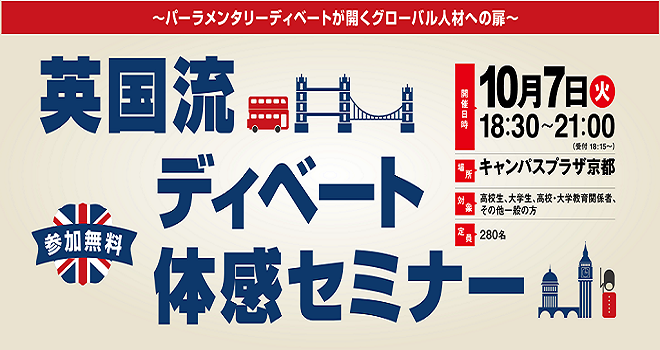


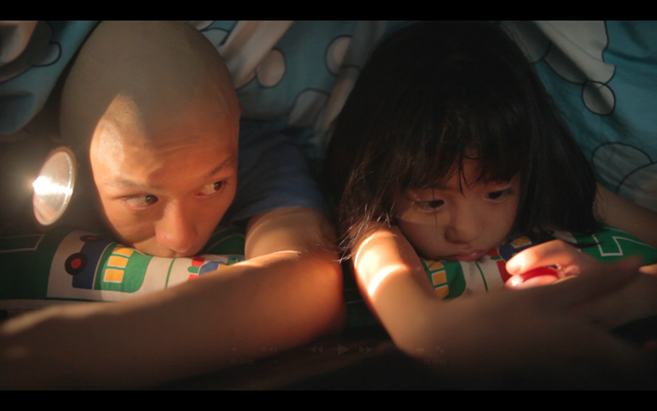

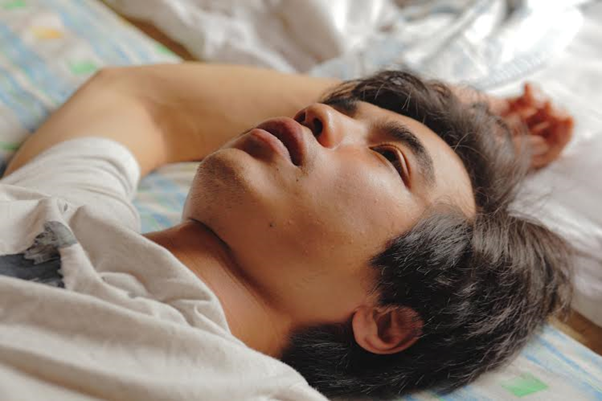
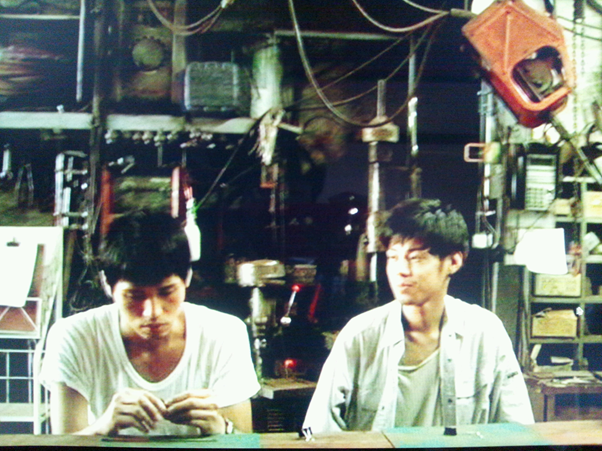
 It is often said that Kyoto became a tourist city after the middle of the Edo period. According to travel records, it seems that sightseeing in Kyoto at that time was centered on visiting shrines, temples, and famous sites, just as it is now. At the same time, Kyoto at that time saw a variety of shops, restaurants, and entertainment performances. The existence of these facilities and entertainment is thought to have been one of the pleasures of traveling for those who visited Kyoto. In this lecture, I would like to introduce these situations while showing specific materials.
It is often said that Kyoto became a tourist city after the middle of the Edo period. According to travel records, it seems that sightseeing in Kyoto at that time was centered on visiting shrines, temples, and famous sites, just as it is now. At the same time, Kyoto at that time saw a variety of shops, restaurants, and entertainment performances. The existence of these facilities and entertainment is thought to have been one of the pleasures of traveling for those who visited Kyoto. In this lecture, I would like to introduce these situations while showing specific materials.